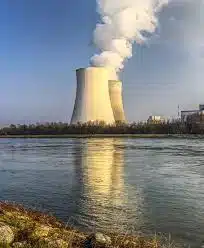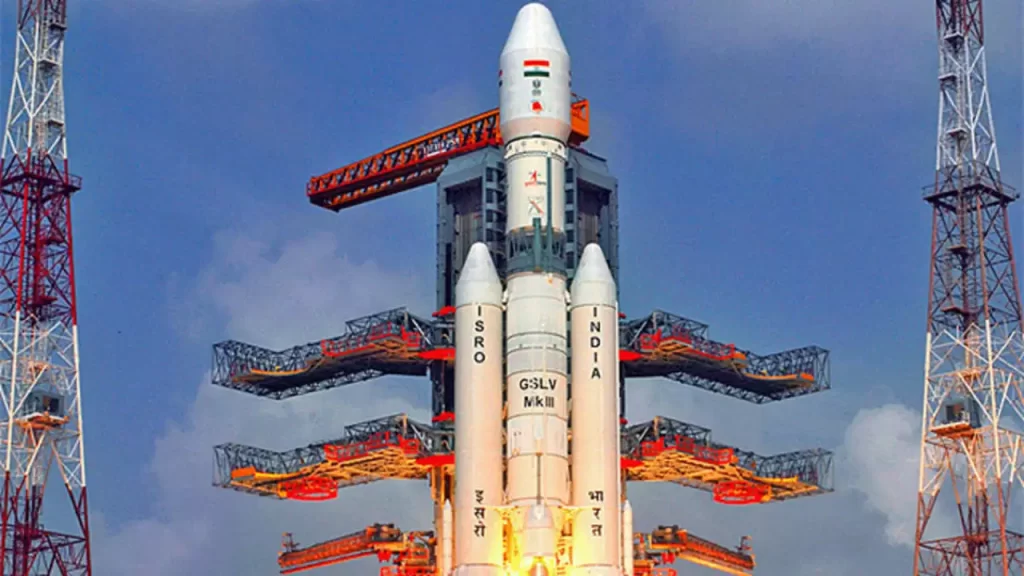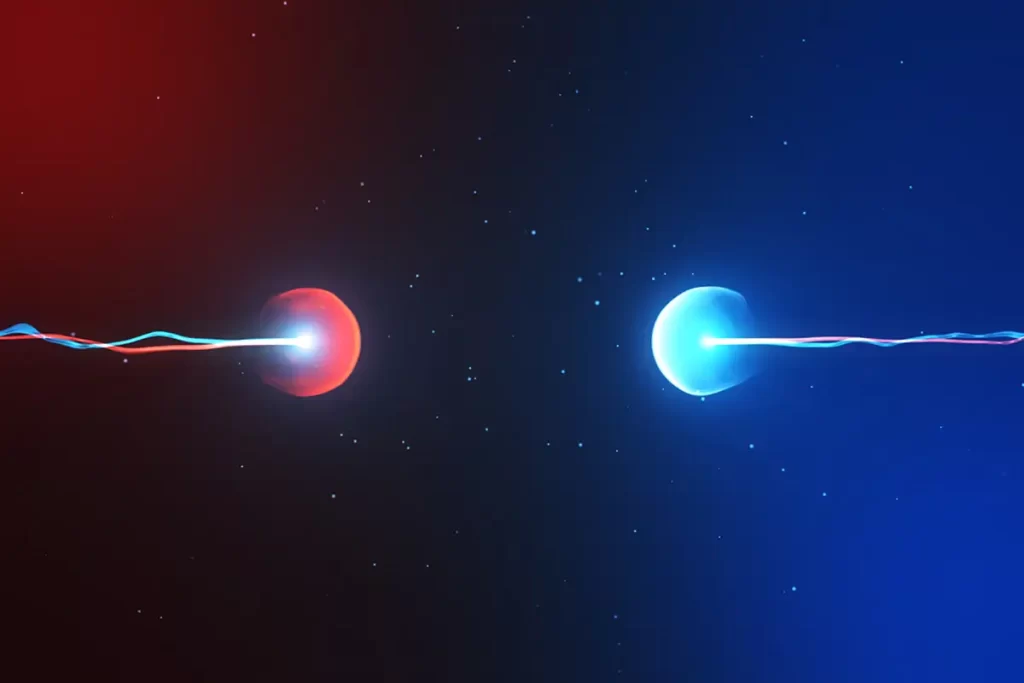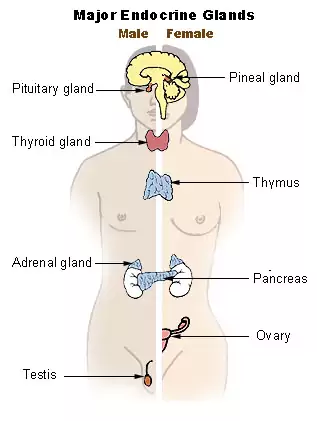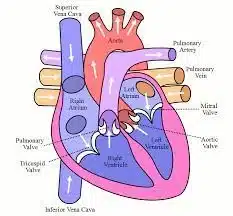Three-Stage Nuclear Power Programme Of India
In November 1954, Bhabha presented the three–stage plan for national development, at the conference on “Development of Atomic Energy for Peaceful Purposes”. Four years later in 1958, the Indian government formally adopted the three–stage plan.
What was the objective behind formulating the Three Stages Nuclear Power Program?
- India has only 2% of World’s Uranium reserves, on the other hand, India has 25% of the World’s Thorium reserves.
- Since India was not part of some of the International Nuclear treaties, India was prevented from taking part in international trade in the Nuclear field.
- India has a huge population and growing economy, to meet the energy demands India had to rely heavily on imports of coal, and crude oil.
- Hence India had to devise methodologies to be self-sufficient in meeting energy demands arising due to a burgeoning population and economy; the 3 stage Nuclear Power Program was one of the answers to it.
How is energy produced using Three Stages of the Nuclear Power Program?
India has approximately 400 thousand tonnes of thorium reserves, close to 25% of Global Thorium reserves. Thorium is not a fissile material, but it can be converted into Uranium – 233, which can then undergo fission to produce energy.
What are the three different stages in the Nuclear Power Program?
The nuclear reactors used in different stages are different and the byproducts of one stage will be used in succeeding stages. Below table gives details on different stages and the process involved in those stages :
| Stages | Process |
| Stage 1 | Use natural Uranium to fuel a Pressurized Heavy Water Reactor (PHWR).The byproduct, Plutonium (Pu) – 239 is used in Stage 2. |
| Stage 2 | Develop Fast Breeder Reactor (FBR) to produce excess, Pu-239, which will then lead to the conversion of Thorium (Th – 232) to fissile Uranium U-233. |
| Stage 3 | Develop Breeder Reactors, these are Thorium based Nuclear reactors. |
Three Stages of the Nuclear Power Program – Challenges
- Technical challenges involved in building Fast Breeder Reactors.
- Technical challenges involved in building Thorium based Reactors.
Stage I – Pressurized Heavy Water Reactor (PHWR)
- In the first stage of the programme, natural uranium fuelled pressurized heavy water reactors (PHWR) produce electricity while generating plutonium-239 as by-product.
- PHWRs was a natural choice for implementing the first stage because it had the most efficient reactor design [uranium enrichment not required] in terms of uranium utilization.
- India correctly calculated that it would be easier to create heavy water production facilities (required for PHWRs) than uranium enrichment facilities (required for LWRs).
- Almost the entire existing base of Indian nuclear power (4780 MW) is composed of first stage PHWRs, with the exception of the two Boiling Water Reactor (BWR) units at Tarapur Atomic Power Station.
Stage II – Fast Breeder Reactor
- In the second stage, fast breeder reactors (FBRs) [moderators not required] would use plutonium-239, recovered by reprocessing spent fuel from the first stage, and natural uranium.
- In FBRs, plutonium-239 undergoes fission to produce energy, while the uranium-238 present in the fuel transmutes to additional plutonium-239.
Why should Uranium-238 be transmuted to Plutonium-239
- Uranium-235 and Plutonium-239 can sustain a chain reaction. But Uranium-238 cannot sustain a chain So it is transmuted to Plutonium-239.
Why U-238 and not U-235
- Natural uranium contains only 0.7% of the fissile isotope uranium-235. Most of the remaining 99.3% is uranium-238.
- Thus, the Stage II FBRs are designed to “breed” more fuel than they consume.
- Once the inventory of plutonium-239 is built up thorium can be introduced as a blanket material in the reactor and transmuted to uranium-233 for use in the third stage.
- The surplus plutonium bred in each fast reactor can be used to set up more such reactors, and might thus grow the Indian civil nuclear power capacity till the point where the third stage reactors using thorium as fuel can be brought online.
Stage III – Thorium Based Reactors
- A Stage III reactor or an advanced nuclear power system involves a self-sustaining series of thorium-232uranium-233 fuelled reactors.
- This would be a thermal breeder reactor, which in principle can be refueled – after its initial fuel charge – using only naturally occurring thorium.
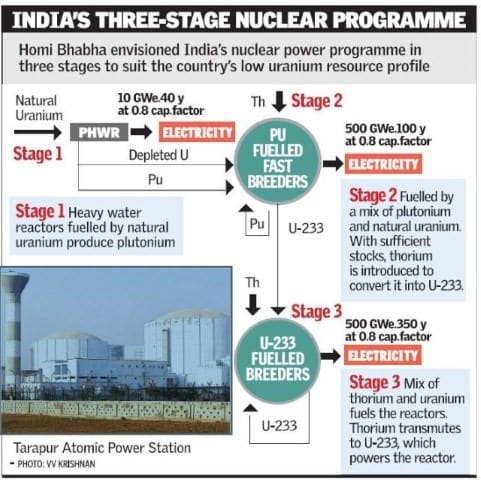
Prototype Fast Breeder Reactor at Kalpakkam
- The Prototype Fast Breeder Reactor (PFBR) is a 500 MWe fast breeder nuclear reactor established at the Madras Atomic Power Station in Kalpakkam, India.
- The Indira Gandhi Centre for Atomic Research (IGCAR) is responsible for the design of this reactor
- The Kalpakkam PFBR is using uranium-238 not thorium, to breed new fissile material, in a sodium cooled fast reactor design.
- The surplus plutonium or uranium-233 for thorium reactors [U-238 transmutes into plutonium] from each fast reactor can be used to set up more such reactors and grow the nuclear capacity in tune with India’s needs for power.
- The fact that PFBR will be cooled by liquid sodium creates additional safety requirements to isolate the coolant from the environment, since sodium explodes if it comes into contact with water and burns when in contact with air.
What Hinders Deployment of Thorium-Fuelled Reactors In India
- Most people would assume that it is a limitation of technology. But instead, it is due to shortage of uranium fuel that is needed to convert fertile fuel [thorium] into fissile [fuel that can undergo sustained chain reaction].
- Scientists at the Bhabha Atomic Research Centre have successfully tested all relevant thorium-related technologies in the laboratory.
- In fact, if pressed, India could probably begin full-scale deployment of thorium reactors in ten years.
- The single greatest hurdle, to answer the original question, is the critical shortage of fissile material.
What is a fissile material
- A fissile material is one that can sustain a chain reaction upon bombardment by neutrons.
- Thorium is by itself fertile, meaning that it can transmute into a fissile radioisotope [U-233] but cannot itself keep a chain reaction going.
- In a thorium reactor, a fissile material like uranium or plutonium is blanketed by thorium.
- The fissile material, also called a driver in this case, drives the chain reaction to produce energy while simultaneously transmuting the fertile material into fissile material.
- India has very modest deposits of uranium and some of the world’s largest sources of thorium. It was keeping this in mind that in 1954, Homi Bhabha envisioned India’s nuclear power programme in three stages to suit the country’s resource profile.
- In the first stage, heavy water reactors fuelled by natural uranium would produce plutonium [U-238 will be transmuted to Plutonium 239 in PHWR];
- The second stage would initially be fuelled by a mix of the plutonium from the first stage and natural uranium. This uranium would transmute into more plutonium and once sufficient stocks have been built up, thorium would be introduced into the fuel cycle to convert it into uranium 233 for the third stage [thorium will be transmuted to U-233 with the help plutonium 239].
- In the final stage, a mix of thorium and uranium fuels the reactors. The thorium transmutes to U-233 which powers the reactor. Fresh thorium can replace the depleted thorium [can be totally done away with uranium which is very scares in India] in the reactor core, making it essentially a thorium-fuelled reactor [thorium keeps transmuting into U-233. It is U-233 that generates the energy].
Present State of India’s Three-Stage Nuclear Power Programme
- After decades of operating pressurized heavy-water reactors (PHWR), India is finally ready to start the second stage.
- A 500 MW Prototype Fast Breeder Reactor (PFBR) at Kalpakkam is set to achieve criticality any day now and four more fast breeder reactors have been sanctioned, two at the same site and two elsewhere.
- However, experts estimate that it would take India many more FBRs and at least another four decades before it has built up a sufficient fissile material inventory to launch the third stage.
Solution to India’s Fissile Shortage Problem – Procuring Fissile Material Plutonium
The obvious solution to India’s shortage of fissile material is to procure it from the international market
- As yet, there exists no commerce in plutonium though there is no law that expressly forbids it.
- In fact, most nuclear treaties such as the Convention on the Physical Protection of Nuclear Material address only U-235 and U-233.
- This is because Plutonium has so far not been considered a material suited for peaceful purposes.
- The Non-Proliferation Treaty (NPT) merely mandates that special fissionable material — which includes plutonium — if transferred, be done so under safeguards.
- Thus, the legal rubric for safeguarded sale of plutonium and safety procedures for moving radioactive spent fuel and plutonium already exists but it is not too complicated as in case Uranium.
- Japan and the U.K. who are looking to reduce their stockpile of plutonium will certainly be happy to sell it to India.
What compelling reason does the world have to accommodate India?
- India’s FBRs that are tasked for civilian purposes and can be brought under international safeguards in a system similar to the Indo-U.S. nuclear deal.
- FBRs and large quantities of fissile material can easily be redirected towards weapons programme. But India has shown no inclination to do so until now.
Obstacles
- The U.S. could perhaps emerge as the greatest obstacle to plutonium commerce.
- S. cannot prevent countries from trading in plutonium, it has the power to make it uncomfortable for them via sanctions, reduced scientific cooperation, and other mechanisms.
- The strong non-proliferation lobby in the U.S. would not like a non-signatory of the NPT [India] to open and regulate trade in plutonium.
- The challenge for Delhi is to convince Washington to sponsor rather than oppose such a venture.
Location of Nuclear Reactors in India
The below table gives a list of the locations of nuclear reactors in India
| State | Location |
| Rajasthan | Rawatbhata |
| Tamil Nadu | KudankulamKalpakkam |
| Gujarat | Kakrapar |
| Uttar Pradesh | Narora |
| Karnataka | Kaiga |
| Maharashtra | Tarapur |
Is it safe to build Nuclear Power Plants in India?
It is absolutely safe to build the Nuclear Power plants, as they have a very high safety record. Barring three accidents, Three Mile Island (TMI) in the USA, Chernobyl in Russia, and Fukushima in Japan, there have been no accidents.
- All the safety features worked in the TMI case and there was no leakage of radiation.
- In Russia, the accident was due to human error and for not following safety protocols.
- Moreover, Graphite was used as a moderator in the Chernobyl reactor. Graphite is a form of carbon and its combustible property led to an explosion in the reactor core. Such a scenario is ruled out in Indian reactors as the core is cooled and moderated by heavy water reactors.
- Fukushima, Japan kind of scenario is ruled out as Indian reactors are not in a Geologically high seismic zone, they are built at a height which cannot be affected by any Tsunami waves.
Sources: The Hindu, Wikipedia, Wikipedia-Thorium
Also refer :

